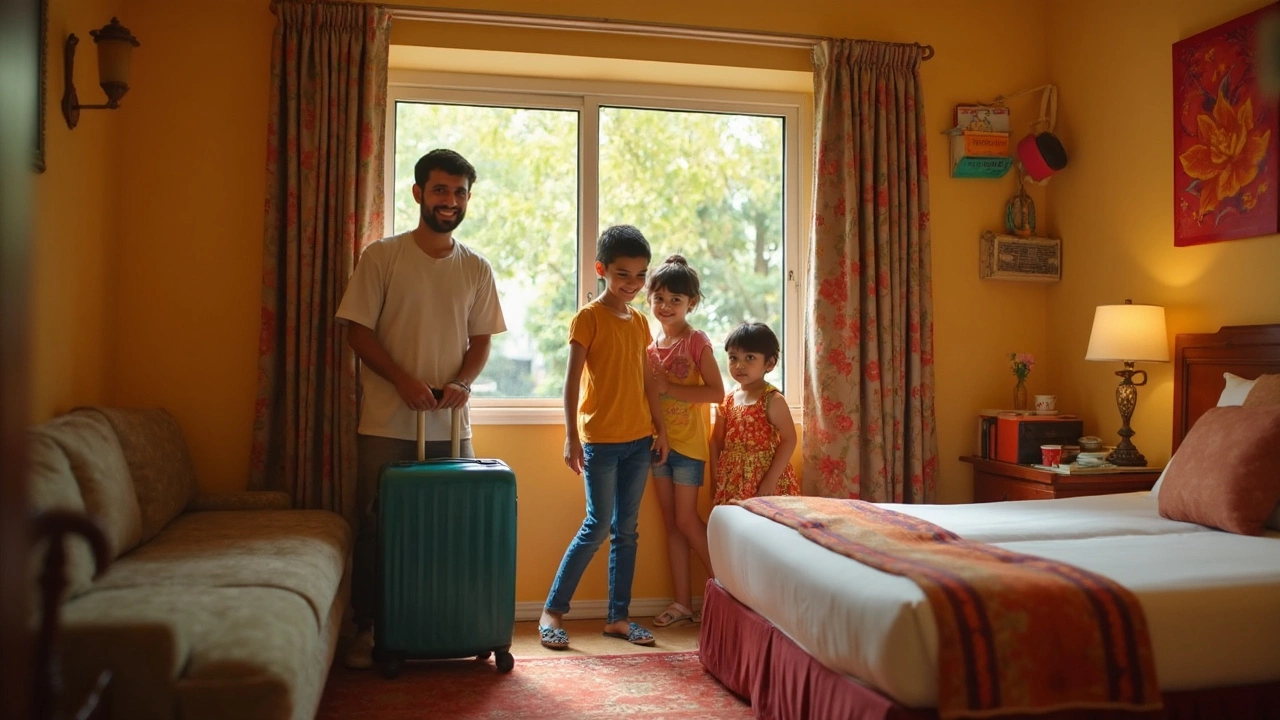SEARCH
Travel Budget Guide: How to Save on Your India Adventure
Thinking about exploring India but worried about the price tag? You’re not alone. Most travelers wonder how much they really need to spend and where they can cut costs without missing out. The good news is that India offers a huge range of options for every wallet, and a little planning goes a long way.
First, decide what kind of experience you want. Are you chasing cheap beach holidays, trekking in the Himalayas, or savoring street food in Delhi? Your goal shapes the budget, so be clear about the must‑dos and the nice‑to‑have extras. Below we break down the biggest expense categories and give you quick hacks to keep the total low.
Plan Your Trip Costs Smartly
Best month to travel. The cheapest time to fly to India falls during the shoulder seasons – typically late September to early November and February to early March. Flights drop 20‑30% compared to peak winter and holiday periods. Book at least two months ahead and use price‑alert tools to snag the lowest fare.
Accommodation. Hostels and budget hotels dominate the market in most cities. In places like Goa, a clean dorm bed costs around ₹500‑₹800 per night, while a modest private room in Kerala starts at ₹1,200. If you’re staying longer than a week, negotiate a weekly rate – many owners will slash the price by 10‑15%.
Transport. Trains are the backbone of Indian travel and are usually the cheapest way to cover long distances. Opt for second‑class sleepers for comfort and price balance; a Delhi‑Kolkata journey costs roughly ₹1,200. For short hops, use state‑run buses or shared auto‑rickshaws. Remember to download the IRCTC app for real‑time ticket prices.
Food. Street food is both tasty and budget‑friendly. A plate of dosa in Chennai or a thali in Jaipur can be under ₹100. If you’re concerned about hygiene, choose stalls with high turnover and clean surroundings. A simple rule: if a place is crowded with locals, it’s likely safe.
Sightseeing. Many major attractions have low entry fees – for example, the Taj Mahal’s ticket is about ₹1,300 for foreigners. Look for combo passes or free‑entry days, especially at museums. Planning a few free activities like sunrise walks on a beach or exploring local markets can stretch your budget further.
Everyday Hacks to Cut Expenses
Carry a refillable water bottle and use filtered water stations. Buying bottled water for a week can cost over ₹300, while refilling is practically free.
Use local SIM cards for data; a prepaid plan with 1‑2 GB lasts a week and costs around ₹250. It’s cheaper than roaming and lets you book rides or find deals on the go.
Shop at local markets for souvenirs instead of tourist shops. You’ll find handicrafts at 30‑40% lower prices, and you can haggle to lower them even more.
Travel light. Airlines often charge extra for checked luggage, especially on budget carriers. Pack a versatile backpack and do laundry in hostels; most have washing stations for a few rupees per load.
If you’re planning a beach escape, consider alternatives to the Maldives. Lakshadweep offers similar turquoise waters for a fraction of the cost – a week’s stay in a modest resort can be half the price of a Maldives trip.
Finally, track every expense in a simple spreadsheet or an app. Seeing where your money goes helps you adjust on the fly and avoid surprise overspends.
With these tips, you can enjoy India’s incredible diversity without breaking the bank. Set a realistic daily budget, stick to the hacks, and you’ll discover that traveling on a shoestring can still be unforgettable.

How Much Should a 3-Day Trip Cost in 2025? Real Budgets, Formulas & Examples
What a 3-day trip should cost in 2025, with real numbers, fast formulas, sample budgets, and pro tips to avoid surprise fees. Simple, practical, and current.
Continue reading
How Much Should a Weekend Getaway Cost? A Realistic Look at Your Budget
Ever wondered how much you should spend on a quick escape? This article breaks down the real numbers behind a weekend getaway, covering typical expenses for accommodation, transport, and fun. Get clear tips to keep costs in check without missing out. Whether you're solo, with friends, or bringing the kids, these insights help you plan smart. No luxury fluff—just honest money talk and practical advice.
Continue reading